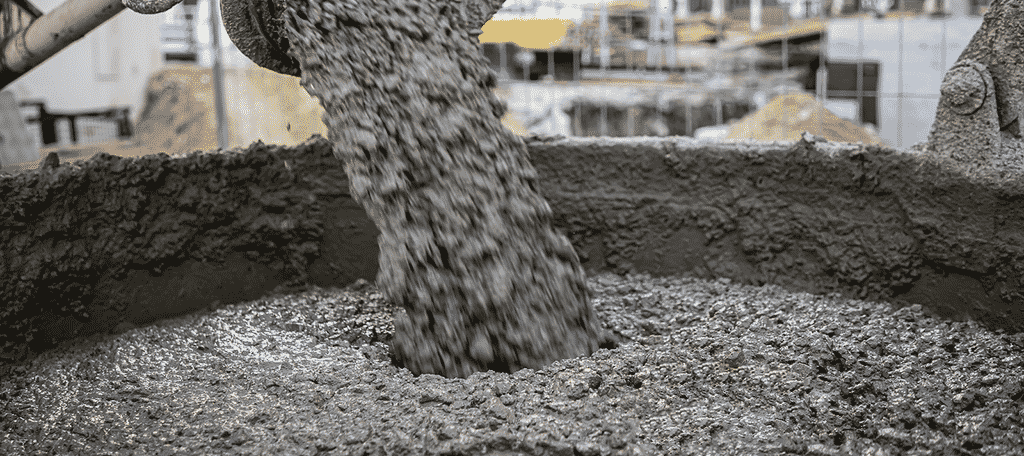Companies are looking for new and innovative ways to cut carbon emissions. LinkedIn has decided to use environmentally-friendly concrete to expand-build a new parking lot for it’s California headquarters.
Concrete is a huge carbon emitter. In fact, it is responsible for 7% of global carbon emissions. However, despite this, it continues to remain an essential part of construction projects around the world. LinkedIn is trying a different approach.
Instead of traditional cement, LinkedIn teamed up with CarbonCure Technologies.
How Does CarbonCure Help?

CarbonCure has an interesting solution to the problem. During the mixing phase, carbon dioxide is injected into the cement. This causes a reaction, which turns it into a mineral.
When the concrete hardens, the carbon will be permanently stuck in the cement. This creates a permanent home for the carbon. Even if the structure was destroyed, the carbon would still remain trapped.
And don’t worry, the cement is just as strong as the normal process.
Not a Huge Reduction
While any reduction in carbon emissions is worth pursuing, the end result of this change is not massive. In reality, it only reduces carbon emissions by 5% through the cement-making process.
However, it is worth noting unlike other techniques, this one is financially viable for all concrete companies. Concrete production is just like any other kind of business. Changing the production technique is expensive and needs to keep prices relatively the same.
Which is exactly what this method does.
The Big Problem
Concrete is the building block of the modern world. Everything is built on a concrete foundation, and it needs to stay strong. Thus, we have a problem. If there was a method that could significantly reduce carbon emissions but produces weaker cement, it’s a building hazard.
As a result, a lot of the past material is completely useless.
To actually improve the cement industry, the cement that is produced must meet the quality standards. And this method is the only one that produces suitable cement at a viable cost while reducing carbon emissions.


